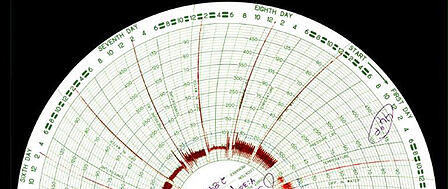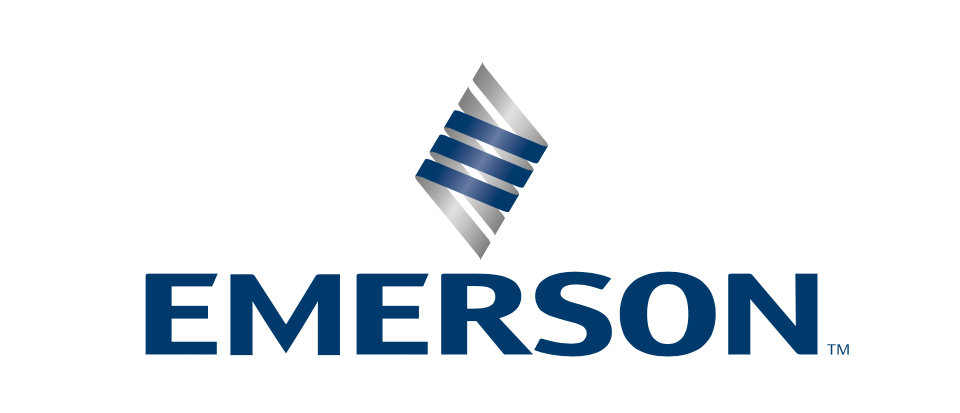 A sense of urgency is essential to identify preventable errors and to understand costly risks. Costs mount with rework and remedial actions to correct poor measurement, whereas good measurement practices do not have to cost much. Revenues are impacted by errors that either add to or reduce production volumes. Errors are minimized as people in the measurement process take ownership of production. This blog post will focus on one area that commonly leads to errors: inaccurate gas volumes along with a few simple steps to avoid risks.
A sense of urgency is essential to identify preventable errors and to understand costly risks. Costs mount with rework and remedial actions to correct poor measurement, whereas good measurement practices do not have to cost much. Revenues are impacted by errors that either add to or reduce production volumes. Errors are minimized as people in the measurement process take ownership of production. This blog post will focus on one area that commonly leads to errors: inaccurate gas volumes along with a few simple steps to avoid risks.
Errors occur in tasks and activities that are carried out by the people in the measurement process who work in more than 30 measurement and reporting roles – whether for a single well or a whole field of wells. Accuracy is important for drill location selections, well optimization plans, facility designs and field development capital spending decisions.
Suppose you’re in a position where you face important questions, such as: What are we going to do about the measurement risks we found last year? How do we find errors with unknown costs? How do we communicate with other people in the measurement process to be sure were getting paid for what we produce?
Inaccurate gas volume calculations occur with:
- Operators who do not check gas charts before sending them in
- Incorrect master meter file details
- Unrepresentative gas samples caught during unstable operating periods
- Lack of understanding with expectations for meter calibration contractors
Some recommended steps to assure accurate measurement of gas volumes include:
- Train the people responsible for deciding which gas analyses, EFM configuration file details and gas chart master meter details to apply.
- Have operators check orifice plates with a caliper – good measurement does not have to cost much.
- Avoid liquid traps in the meter tube and sensing lines.
- Eliminate chart pen painting and incomplete meter details since they create unknown errors.
- Ensure that Master Meter file details are current with installed equipment for primary and secondary element ranges, correctmeter tube size, static tap location, and atmospheric pressure adjusted for elevation.
- Confirm stable operating conditions. A proportional sampler may be justified in facilities where operating conditions do not stabilize with liquid slugs coming in constantly and with numerous wells on timers.
- Distribute lab analyses only after they have been validated by someone who is trained to say whether they are representative.
Potential for costly errors is possible with numerous measurement tasks in addition to gas volume calculations. Face-to-face communication is important between everyone in the measurement process – don’t expect to get the whole picture without going to the field. Conveying an understanding about the cost to do nothing with measurement errors helps to prevent unknown production uncertainties and to avoid revenue losses. Ask questions to take ownership of production, whatever your role is in the measurement process.

David Penton is a senior measurement specialist with over 30 years of experience in oil and gas production, operations, exploitation, and development roles. David works with our Zedi Consulting Services team by advising leading oil and gas companies on how to reduce measurement errors that can result in risks for noncompliance and revenue loss.
email: david.penton@zedi.ca


